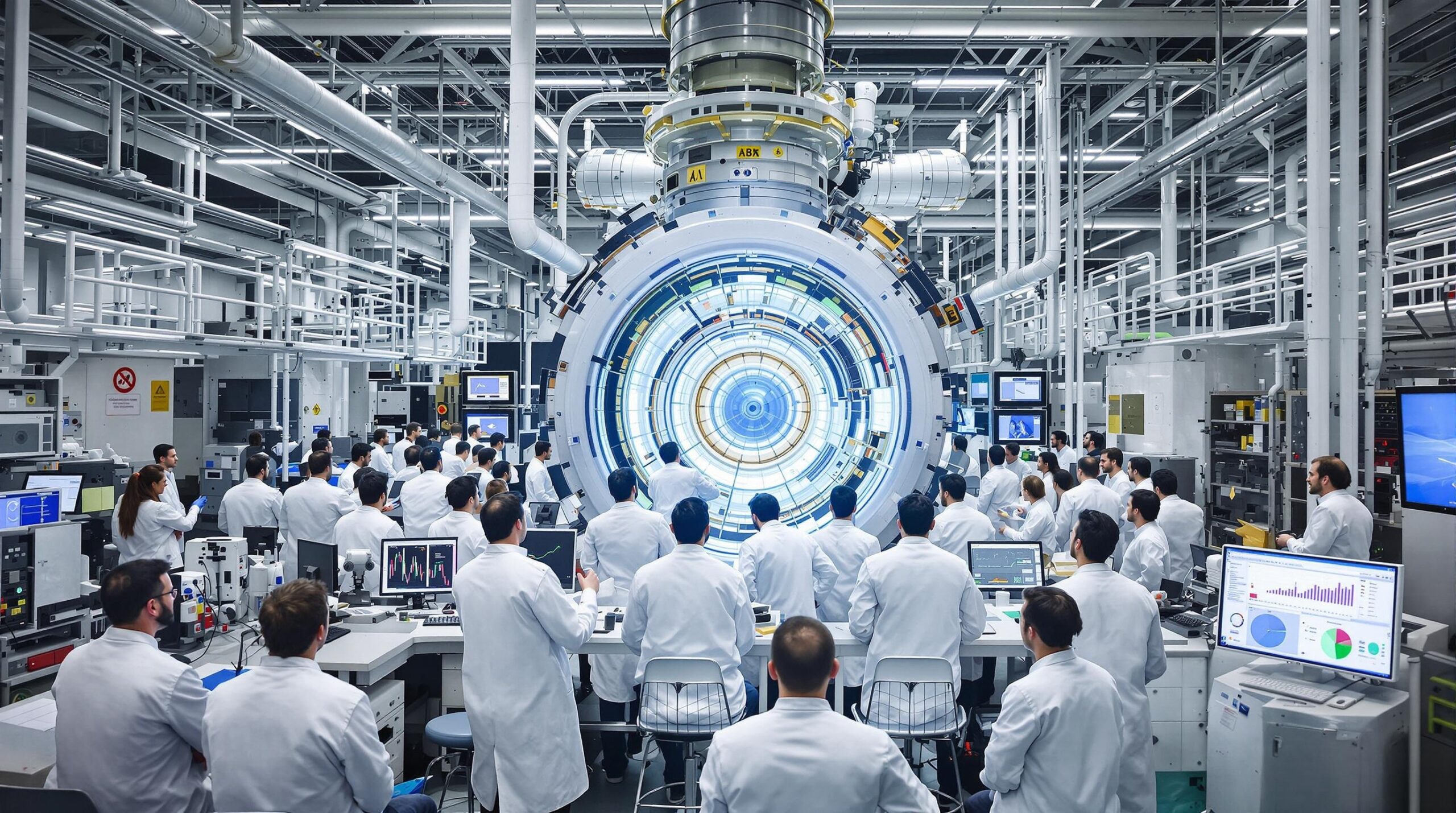Fusion energy has long been a dream for scientists seeking clean, limitless power. For decades, technical challenges stood in the way of meaningful progress. That changed after a groundbreaking achievement at the National Ignition Facility (NIF) in the United States. This accomplishment marks a significant step toward viable fusion energy and a sustainable power future.
Understanding Fusion Energy
Fusion is the process that powers our Sun and other stars. It occurs when two light atomic nuclei combine to form a heavier nucleus. This process releases huge amounts of energy, far more than current fission nuclear reactors. Unlike fossil fuels, fusion produces no greenhouse gases and leaves behind minimal radioactive waste. Scientists have worked for years to harness fusion for practical electricity generation on Earth.
The National Ignition Facility Breakthrough
On December 5, 2022, the National Ignition Facility achieved a milestone. For the first time, a controlled fusion reaction released more energy than it used to spark the reaction. This event, known as “fusion ignition,” is a world first that proves a working fusion energy process is possible under laboratory conditions. The NIF used powerful lasers to heat and compress a fuel pellet to extreme conditions. The resulting reaction mimicked the processes within stars on a miniature scale.
Significance of the Achievement
This fusion breakthrough demonstrates that ignition is possible and that net energy gain can be achieved in the laboratory. The accomplishment validates decades of research and billions of dollars in funding from governments and organizations. It also signals to investors that fusion is no longer a distant scientific dream but an emerging reality worth pursuing. Across the globe, startups and research institutions are rushing to build on this momentum, seeking to commercialize fusion energy technologies.
Why Fusion Stands Out
Fusion energy boasts several advantages compared to other power sources. It uses abundant fuels like isotopes of hydrogen, found in seawater. It does not produce long-lived radioactive waste or pose the same meltdown risks as fission reactors. Fusion reactors will not emit pollutants or greenhouse gases that drive climate change. These benefits address several major limitations faced by both nuclear fission and fossil fuel plants.
Pathways to Commercial Fusion Power
Despite this milestone, much remains before fusion can provide electricity to homes and industry. To achieve continuous, steady fusion power, scientists need to develop reactors capable of running safely, reliably, and cost-effectively. Research groups pursue several approaches, including magnetic confinement and inertial confinement methods. The most popular magnetic confinement design is the tokamak, a doughnut-shaped chamber surrounded by strong magnets. Other groups are developing laser and particle beam-driven alternatives. Each method presents different technical hurdles and unique advantages.
Role of Private Companies and International Collaborations
Private investment in fusion startups has grown rapidly in response to scientific advancements. Companies like Commonwealth Fusion Systems, TAE Technologies, and Helion Energy are pioneering novel fusion reactor designs. International projects such as ITER in France unite scientists from over thirty countries. These collaborations help share costs, pool knowledge, and scale up research efforts. Governments worldwide recognize fusion’s potential as a reliable, safe, and abundant power source. As a result, policy support and funding are increasing to propel these efforts forward.
Challenges Ahead for Fusion Energy
The road to commercial fusion remains fraught with technical challenges. Achieving a sustained energy output beyond the laboratory is still uncharted territory. Reactor components must withstand extreme heat and bombardment from high-energy particles over years of operation. Developing materials that survive the intense environment of operating fusion reactors is critical. Additionally, new engineering solutions are needed to keep costs down and build reactors efficiently at industrial scales.
The Cost Factor
Building experimental facilities like NIF or ITER requires billions of dollars in upfront investment. Large-scale reactor construction and grid integration demand further funding. To replace or supplement existing power grids, fusion-generated electricity must become economically competitive. Researchers are confident that mass production of critical components will reduce costs over time. Transitioning from government-funded experiments to commercial power stations is a complex challenge, but ongoing innovation brings hope.
Global Implications for Energy and Climate
Fusion holds the promise to transform the global energy landscape. If commercialized, it could deliver reliable baseload power without harmful emissions. It has the potential to supply humanity’s growing electricity needs while combating climate change. Fusion plants will not depend on weather conditions like wind or solar, delivering a stable energy output day and night. Countries that succeed in mastering fusion may gain critical advantages in energy independence and economic growth.
Hope for a Sustainable Power Revolution
Fusion’s arrival on the global stage offers new hope during an era of urgent climate action. Fossil fuels remain dominant but bring significant environmental and health risks. Renewable energy is expanding rapidly, but still faces challenges such as intermittency and storage. The ability to generate vast amounts of clean power using fusion could reshape all aspects of daily life, from manufacturing to transportation. Investment, innovation, and public support now align to turn fusion from myth into reality.
What Comes Next?
Further breakthroughs will be needed before fusion energy powers cities around the world. Advanced reactor prototypes must demonstrate consistent, cost-competitive performance. Regulatory standards have to be developed to ensure safety and environmental protection. Work to build commercial fusion pilot plants is already underway. The timeline remains uncertain, but experts hope to see operational plants within the next two decades.
Conclusion
The recent fusion breakthrough marks a pivotal moment in the search for sustainable, abundant energy. Fusion has moved from theoretical aspiration to evidence-based pursuit. With continued progress, determination, and collaboration, fusion could ignite a revolution in how the world powers itself. This breakthrough empowers new generations to dream of a future powered by clean, limitless fusion energy.

